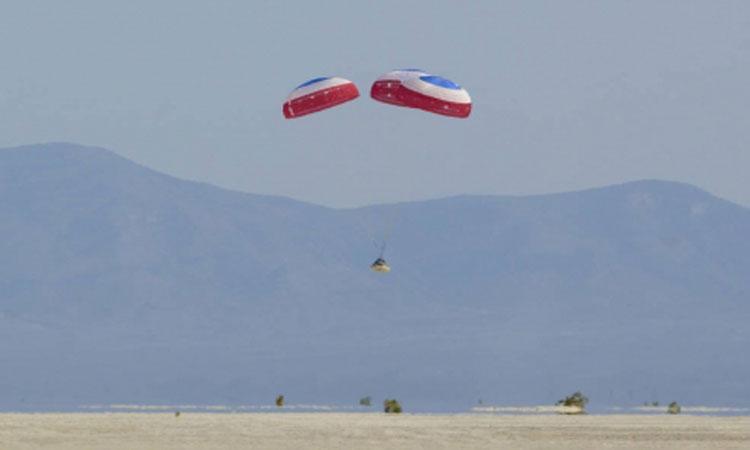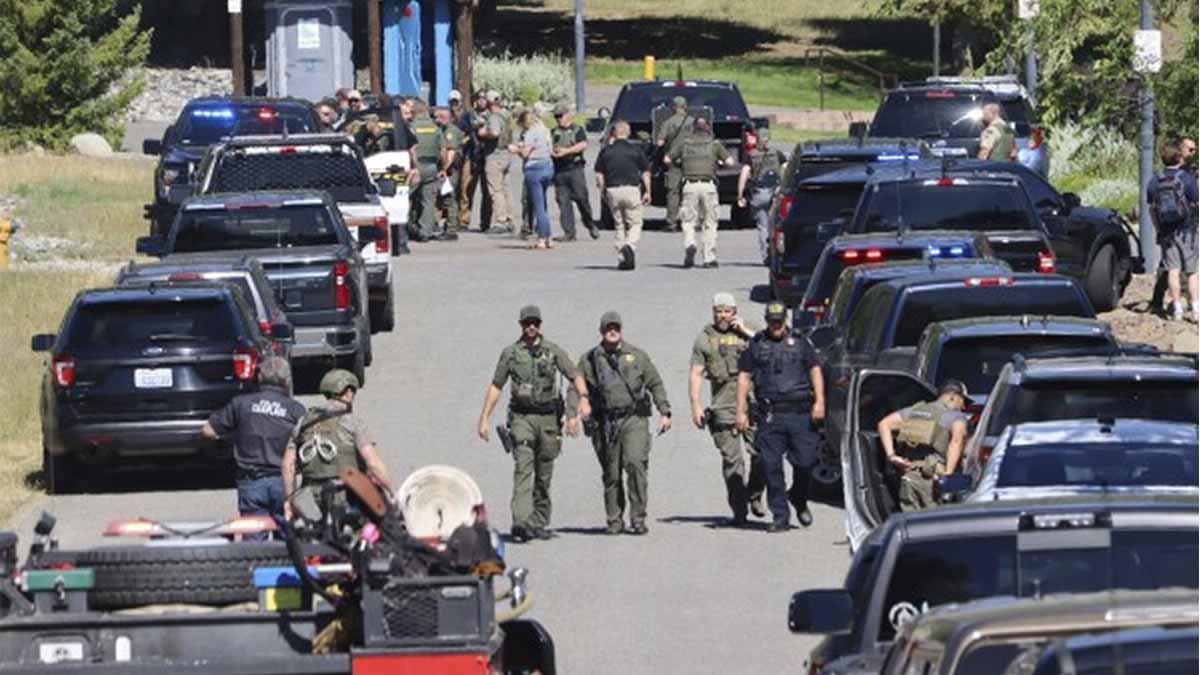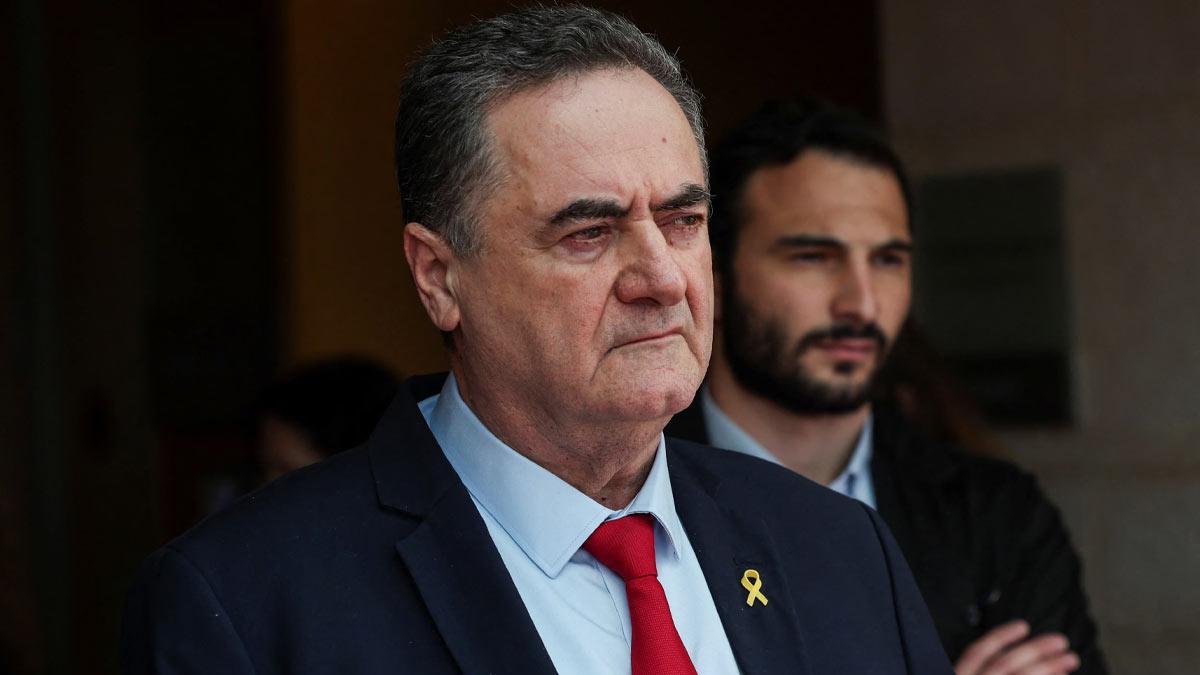Boeing's new passenger spacecraft, the CST-100 Starliner, returned to Earth safely on Thursday, after a crucial six-day test flight which tested the end-to-end capabilities of the crew-capable spacecraft.
The uncrewed Orbital Flight Test-2 (OFT-2) to the International Space Station (ISS), which showcased the vehicle's ability to launch to space, dock with the station, and then return home safely - proves the system is ready to fly astronauts, NASA said in a statement.
About four hours after departing the space station, Starliner touched down onto its airbags at 4:49 p.m. MDT (4:19 am IST), wrapping up the six-day flight on Thursday.
The landing followed a deorbit burn at 4:05 p.m., separation of the spacecraft's service module, and successful deployment of its three main parachutes and six airbags.
"NASA's Commercial Crew Programme and our industry partner, Boeing, today took a major and successful step on the journey toa-enabling morea-human spaceflight missions to the International Space Station on American spacecraft from American soil," said NASA Administrator Bill Nelson, in the statement.
Also Read | Azadi March ends as Imran gives 6-day ultimatum to announce polls
"Throughout this process, Starliner has provided a tremendous amount of valuable data, which we're continuing to assess in our effort to bring the spacecraft online and fully operational for crew flights to the space station as soon as it is safe to do so,a added Steve Stich, manager at NASA's Commercial Crew Programme.
The flight test began on May 19, when Starliner launched on the ULA Atlas V rocket from Space Launch Complex-41 at Cape Canaveral Space Force Station in Florida.
Following liftoff, Starliner successfully entered Earth's orbit, performed a series of demonstrations of its capabilities, and docked with the orbital outpost 26 hours after launch.
The Expedition 67 crew aboard the station opened hatches and entered the capsule for the first time, inspecting the spacecraft and verifying integration with power and communications station systems for longer stays in the future. The station crew also unloaded 500 pounds of cargo delivered by Starliner and sent 600 pounds of cargo back to Earth.
A critical step in validating the performance of Boeing's systems, OFT-2 brings the nation a significant step closer to having two unique human transportation systems to carry astronauts to and from the space station from US soil.
Starliner carried a "passenger" on this flight test - a lifelike test device named Rosie.
Also read | Imran Khan vows not to vacate Islamabad's D-Chowk until final date for new elections
During OFT-1, Rosie was outfitted with 15 sensors to collect data on what astronauts will experience during flights on Starliner. For OFT-2, spacecraft data capture ports previously connected to Rosie's 15 sensors were used to collect data from sensors placed along the seat pallet, which is the infrastructure that holds all the crew seats in place.
Among the cargo returned were three Nitrogen Oxygen Recharge System reusable tanks that provide breathable air to station crew members. The tanks will be refurbished on Earth and sent back to station on a future flight.


















